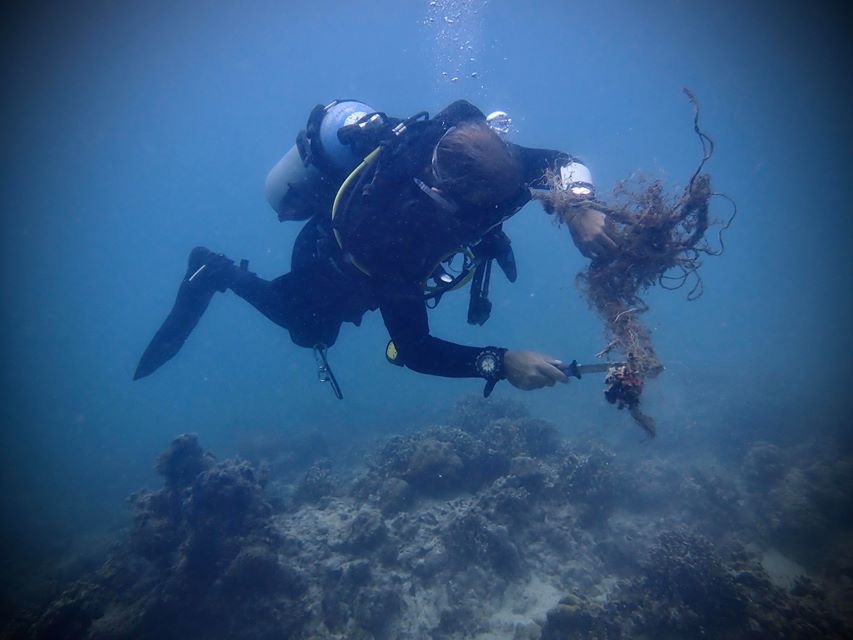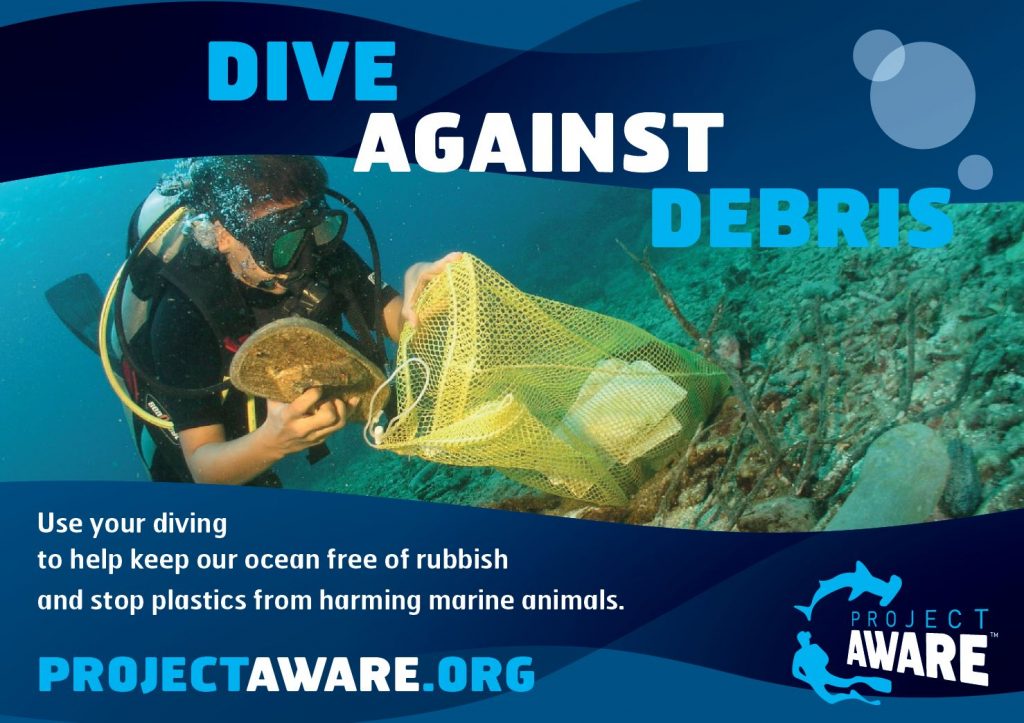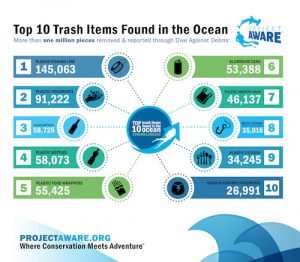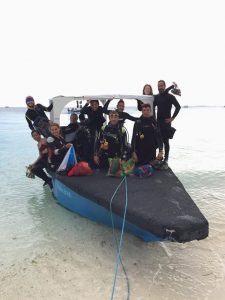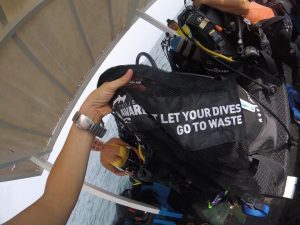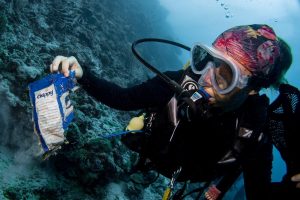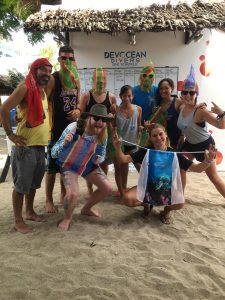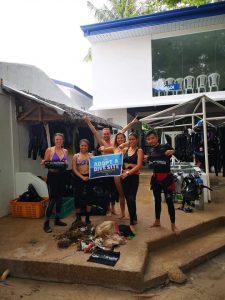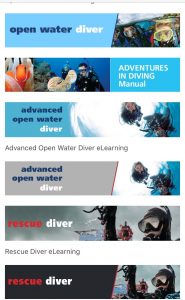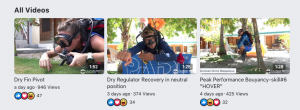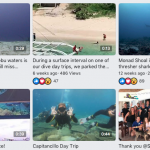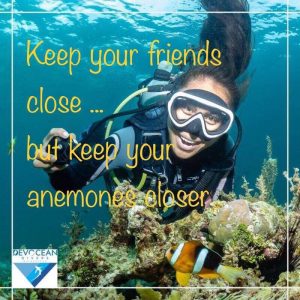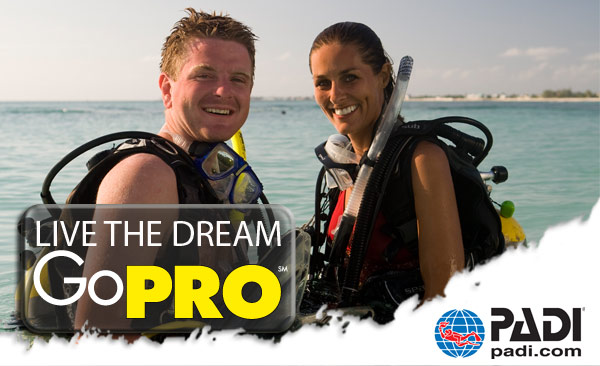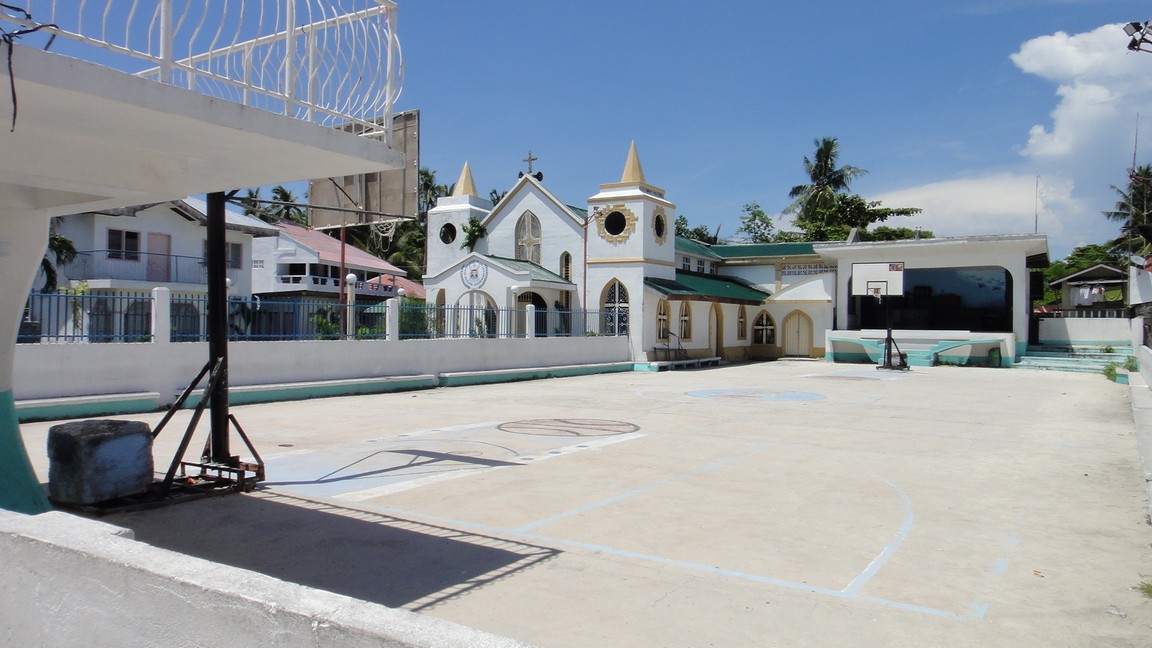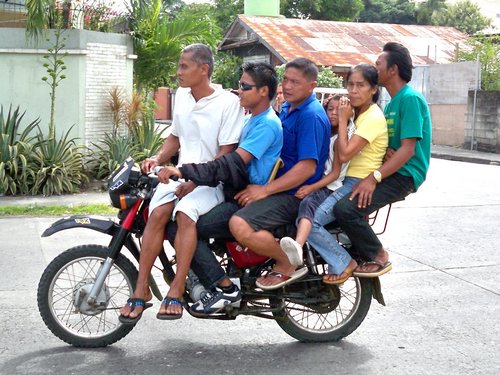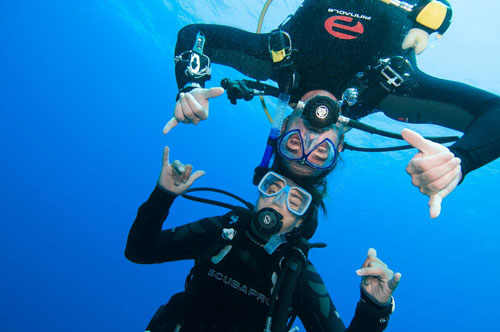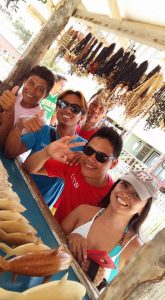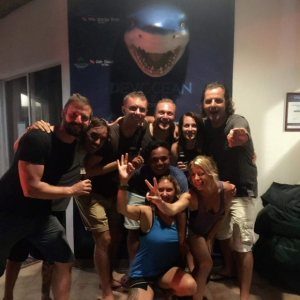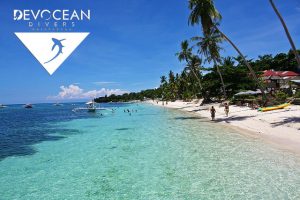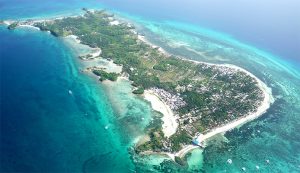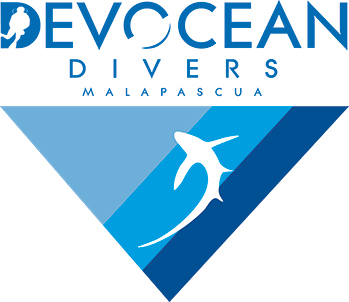Plastic pollution is a worldwide problem. As scuba divers, we are the witnesses of what happens to the waste abandoned in the ocean. It might not be visible from the surface, but when you dive, the reality strikes: plastic sachets, fishing lines, bottles can be encountered, stuck in the reefs of the most beautiful dive sites.
If one believes only what one sees, scuba divers can share their stories and pictures. And this is why we, divers, should show the way towards less plastic consumption, safe disposal of the waste, and underwater cleanup/beach cleanups.
Devocean Divers Manager’s Story
As the manager of Devocean Divers, I have set up a waste segregation plan with bins in each of the boats and different parts of the dive center to facilitate the proper disposal of trash. The dive center also uses reusable food containers instead of disposable sachets and participates in a local program called “Adopt a pathway” which gives the responsibility of keeping one pathway clean and checking its trash bins. The team joins regular beach cleanups and the Dives Against Debris are organized as often as possible.
How to start?
A Dive Against Debris is easy to schedule, but a few steps need to be followed to assure its success and to have every diver safe and coming back happy. These suggestions are proper to a dive center in tropical water, offering a Dive Against Debris to walk-in divers or dive center students.
The dive center or organizer of the Dive Against Debris should:
1. Post a visible sign announcing the Dive Against Debris and the maximum amount of divers (not including dive professionals- one dive leader for the activity and group leaders for each buddy teams of 4 divers)
2. Have a dive leader who will be in charge of the whole supervision, from greeting the divers, checking their diving experience, assigning the groups, briefing divers, etc. to all post-dive tasks like segregating the waste and supervising its disposal.
3. Have one group leader for every 4 divers. The group leader will keep the divers together and will assure that no one gets separated during the dive. It is common that when divers encounter debris stuck on a reef, like fishing line, the buddy team might stay longer on one spot and loose track of where the other divers are. The group leader can assure that the buddy teams can wait for each other and safely continue the dive, or inform the group leader that they are surfacing.
4. Have a dive leader brief the divers regarding the dangers of collecting litter. The briefing should include (as well as usual dive points)
the dangers of touching corals as well as the hazards from touching rusted tins or debris in which creatures can be hiding, like bottles or cans
Maximum bottom time, diver separation rule in this special dive
Strategies for big debris / exiting the debris from the water
Evacuation plan: if an incident happens during the dive, divers need to know how they will be warned to abort the dive.
5. Have group leaders supervise the air consumption of the divers with the least diving experience as they might become forgetful during their cleanup task.
6. Provide mesh bags. Preferably small mesh bags instead of big sacks, one per buddy team can be sufficient and will allow teamwork. If possible, provide cutting devices.
7. Have the Dive leader supervise the unloading and segregation of the trash and know the proper disposal plan for the debris. The mesh bags must be rinsed and hanged to dry.
8. Have Emergency First Aid brought on the boat for coral stings or any other cuts or injuries, or be ready to use in the dive shop (Are you a Rescue diver?)
9. Offer group photos for dive guests to keep a memory of the activity.
If you or your dive center follow those simple steps, the Dive Against Debris will be a safe and enjoyable activity. You can talk to your dive center about it and maybe you will be the next Dive Leader !?!
To find out more about how to conduct a dive against debris underwater and what to include in your dive briefing, check out part II of our Dive Against Debris Series HERE.
For more information about joining us for diving in Malapascua, contact us: malapascua@devoceandivers.com
Devocean Divers Malapascua was selected as a PADI Torchbearer divecenter and mentioned in the PADI blog. Have a look at this blog about different Dive Against Debris Torchbearers around the world: https://blog.padi.com/2020/05/28/marine-debris-torchbearers/
